
HoloDecon is an experience situated at the intersection of technology, dreams, and the Buddhist philosophy of impermanence. This reality-bending installation is based on the idea that technology can be used to deconstruct our perception of reality and transport us to a dreamlike dimension where reality dissolves into a world of luminous pixels by observing the impermanence of objects.
In Buddhist philosophy, impermanence is a fundamental concept that refers to the changing nature of all things. Everything that exists, including our own thoughts and emotions, is in constant flux and transformation. Buddhist meditation seeks to train the mind to be aware of impermanence and to accept it as part of the nature of things.
HoloDecon is an invitation to explore the impermanence of reality through technology. By deconstructing our visual and auditory perception, it invites us to question the solidity of reality and immerse ourselves in a world of constant change and transformation. Every day objects become abstract and forms fade into a sea of pixels. “Holodecon” is a term that combines “holos” and “deconstruction,” referring to a device of interfered perception that allows the observation of three-dimensional environments using obsolete technology. This technology creates a hologram-like appearance that can be perceived by the user.
The experience offered by Holodecon is unique, as it uses obsolete technology, creating a kind of “charm” that takes us back to the past and makes us question the nature of reality and how it is constructed through our perceptions and experiences.
Furthermore, the concept of deconstruction in Holodecon is related to the idea of dismantling and rebuilding the elements that make up our perception of reality. By using obsolete technology to create the appearance of holograms, we are deconstructing the notion that modern technology is the only one capable of creating augmented reality experiences, in this case, a transgression of reality.

The speculation for this research began one day prior to a meditation retreat. I was using the camera of my cell phone (prior to smartphones) and attaching a magnifying lens to the screen. The phone had a very low-quality camera. I was observing a small ficus tree and the screen resolution allowed me to see some dimensioned pixels, a matrix of light.
It is recognized how the use of technology influences the content of our dreams. Before cinema, dreams were linear; after cinema, we dream about framing, camera angles, and movements. During the Buddhist retreat, impermanence was one of the main factors of the study. We had long contemplative walks in nature, attending to the transitory states of existence. I spent long moments observing a bush with flowers growing, some with fruit emerging, mature and rotting, and others with already dry flowers.
During the last meditation session, I started a hypnagogic process that I entered lucidly. I began to observe rhizomatic branches as if with a macro vision with a high depth of field. The distance and proximity were completely in focus, which made me realize that I was in a dream and lucid in it. Questioning the sharpness of the image and constant focus made me doubt that reality. At first, I only observed the plants on a black background, but when I became lucid, I began to observe green leaves, like those of a vine. I was inside a maze-like vineyard. I began to observe grape branches hanging from the leafy ceiling. These were replaced by exotic flowers of very vivid colors, some dried flowers, and others that seemed to be made of plastic. This thought led me to observe trinkets, objects of all kinds trying to overcome entropy. The intensity of the colors and shapes was very special. I progressed through the maze and everything started to become very white until all forms disappeared and I was in a void of the purest white. I felt someone put a white flower in my hand, and as I closed it, it dissolved into a fine powder that dripped from my hand. At that moment, the bell rang to signal the end of the meditation, and I realized that I had closed my hand. I lay down on my side in complete fulfillment.
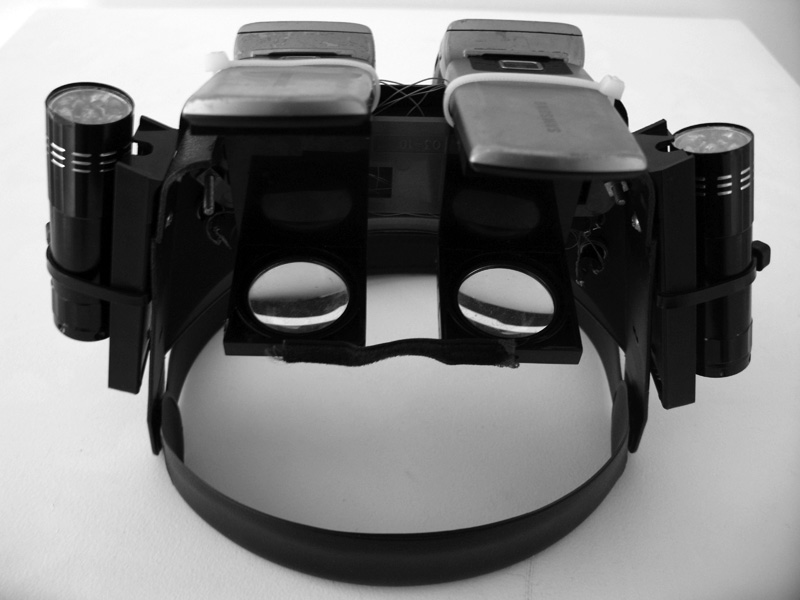
Upon returning to my studio, I began developing HoloDecon based on this experience. The experimentation I had done with the camera on my phone prior to the retreat was what spontaneously triggered the dream experience during hypnagogia. A significant aspect of my artistic research is the perceptual relationship between dream, concrete, and digital spaces. I began to speculate about how technology had initiated an immersive experience during my hypnagogic state, and whether it was possible to share this experience using technology.
installation
Users wear a pair of lenses to explore a room. These lenses are made from two hacked Samsung phones. Using the phone camera, a line counter lens was placed in front of the tiny screen, which has very low resolution. As the images are independent for each eye, the mind reconstructs a three-dimensional image. When viewed up close, the image is an enlarged array of luminous pixels that appear to be a hologram of sorts. The processing speed of these phone cameras is very slow, producing a scanning effect with movement. Users attempt to understand this new reality. The room is filled with various objects hanging from the ceiling, pots with live plants, freshly cut flowers, dried flowers, plastic flowers, and a variety of curious objects obtained from flea markets related to impermanence. The room is dark, and the lenses have a lamp on each side. The user experience is immersive, as they explore the space and try to identify and recognize these objects. Pressing a button on the helmet activates a series of filters that make the experience more abstract.
Users modify the sound environment by moving around the room using an ultrasonic sensor. The sound piece is a collaboration with Manrico Montero.
During the retreat, I experimented with contemplative meditation using sound. I brought a selection of soundtracks produced by Manrico for his label Mandorla. It was a complementary part of the process that led me to that perceptual state.
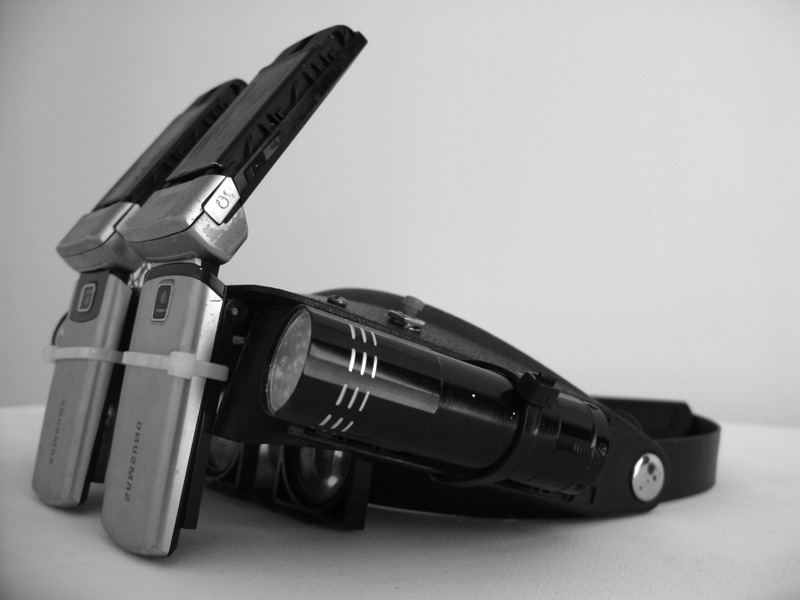
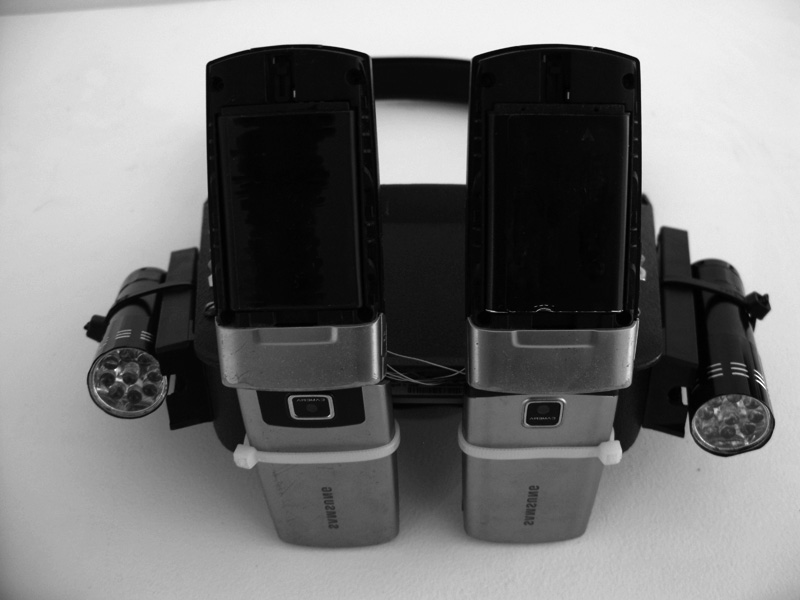
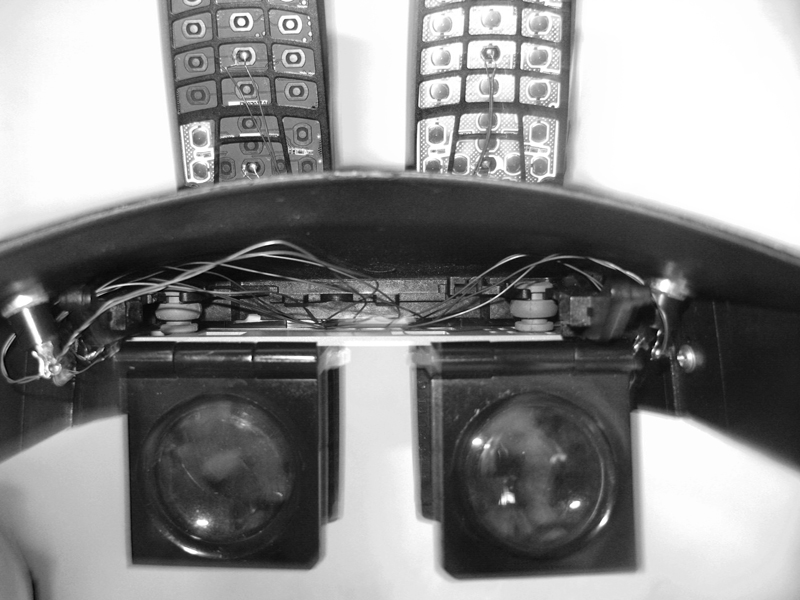
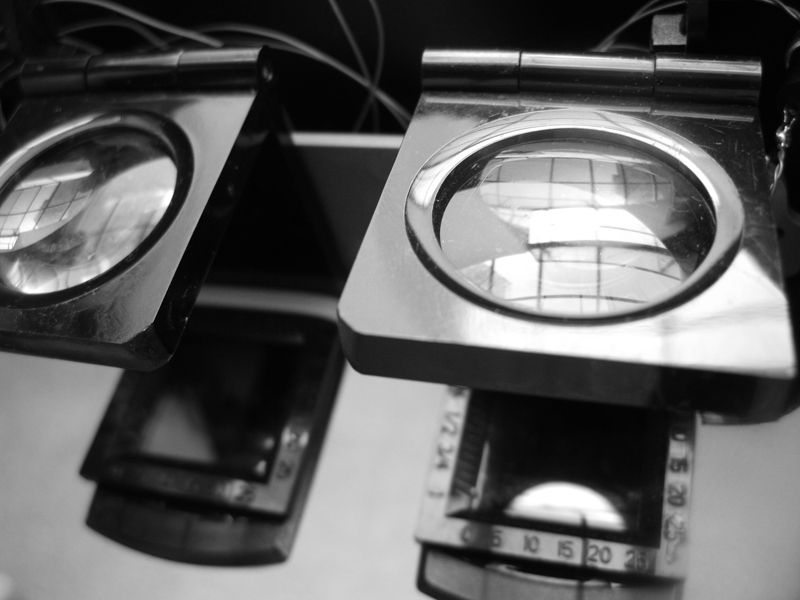
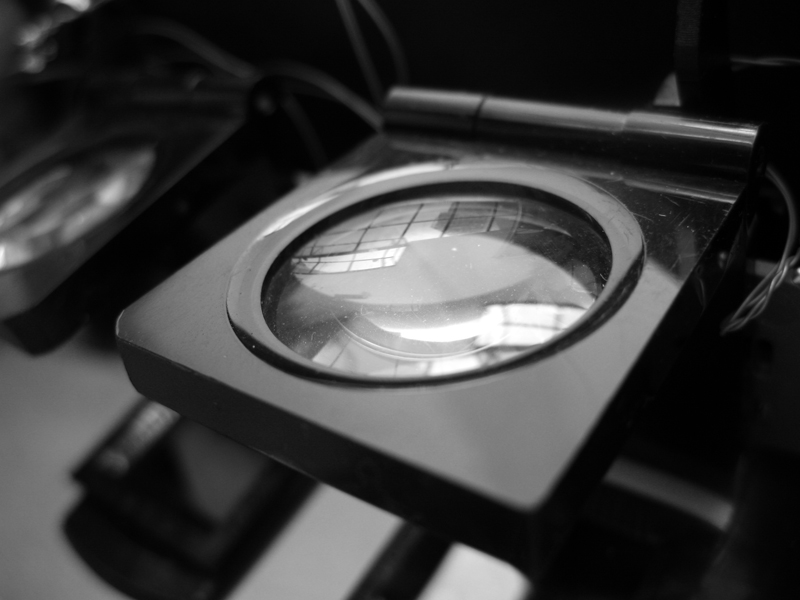
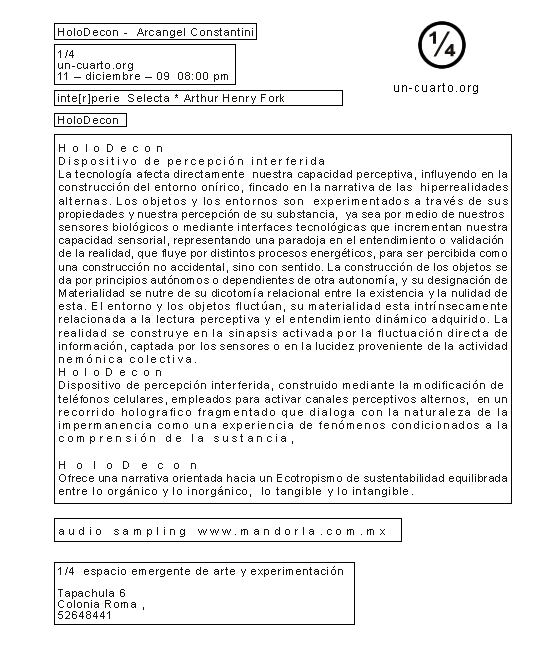
Science fiction literature has been one of the first transdisciplinary artistic processes to explore the relationship between technology, science, and speculation about reality. Through books, pages, and words that fade away, the narrative gives us access to imaginary and speculative realities, a reality that occurs in the author’s dream world, materializing in concrete space in the form of a book, activating the reader’s imagination to explore “virtual” worlds.
Virtuality in dreams and imagination refers to the ability to create and experience fictional or imaginary realities in our minds. It is constructed through complex cognitive processes involving perception, memory, attention, and creativity.
In this sense, several science fiction authors have speculated about the possibility of immersion in simulated realities, exploring their possible reaches and problems. The simulation of reality has gone from being a speculative narrative to current experiences that use complex computing systems and visualization devices to achieve increasingly immersive experiences.
The lucidity of perception is a topic that has been explored by various philosophical and spiritual traditions. In Buddhism, for example, we are taught that ignorance and attachment are the primary causes of our suffering. We cling to our perceptions and beliefs as if they were absolute truths, which leads us to confusion and deception. Therefore, meditation and contemplation are practices that help us awaken to reality and see things as they truly are.
In our everyday lives, we are often distracted and disconnected from reality. Our minds are preoccupied with thoughts, worries, fears, and desires, which prevent us from perceiving reality clearly and objectively. However, the experience of HoloDecon invites us to connect with reality in a deeper and more multidimensional way.
This installation allows us to experience three different perceptual states: the dreamlike, the concrete, and the digital. The dreamlike experience refers to the world of dreams, where our minds can be more creative and symbolic. The concrete state refers to the physical and material world around us, with objects we can see, touch, and feel. Finally, the digital state refers to the world of technology and virtual reality, where we can immerse ourselves in artificial yet convincing environments.
Through this experience, we can learn to perceive reality in a more complete and profound way, connecting these three perceptual states and experiencing a richer and more meaningful reality. Furthermore, by using immersive technology, the experience becomes more intense and visceral, allowing us to fully immerse ourselves in the experience and connect with reality in a deeper way.
In physical reality, the present is presented to us as a dynamic stage in which everything constantly changes, in which time flows, and things transform before our eyes. It is a world of textures, smells, sounds, and flavors that blend in a symphony of sensations that connect us with life itself.
In the virtual world, the present manifests itself on the screen, in interaction with technology, and in the immersion in simulated realities that transport us to simulated worlds. It is an increasingly present experience in our daily life, in which we can create and experience fictional realities that allow us to explore new ways of being and existing in the world.
In dreams, the present becomes an oneiric universe in which the mind is freed from the constraints of physical reality and enters into worlds of fantasy and imagination. It is an experience in which lucidity allows us to take control of our dreams and create realities that transport us to unimaginable places.
In all these states of perception, lucidity is the key factor to awaken to reality, to truly be present and experience life to its fullest. It is a call to live each moment with intensity, to be surprised by the beauty of the world around us, and to create new ways of being and existing in the here and now.
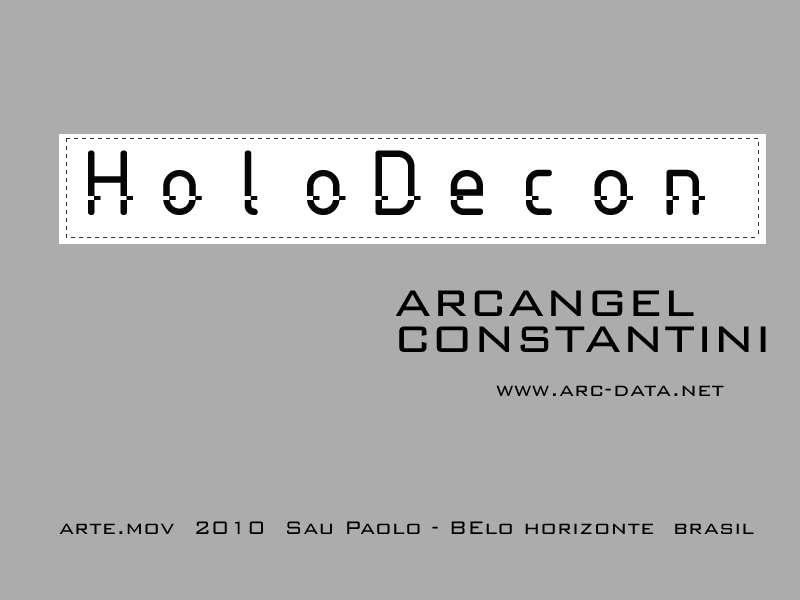

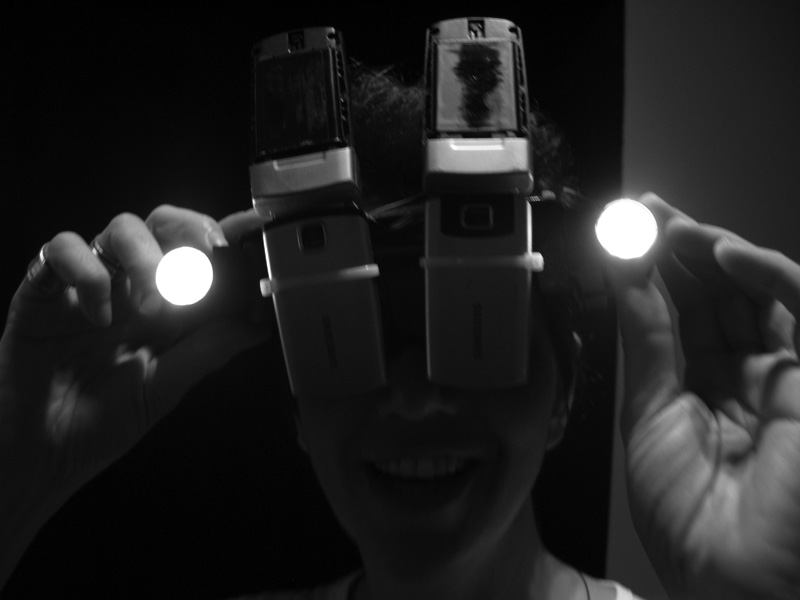
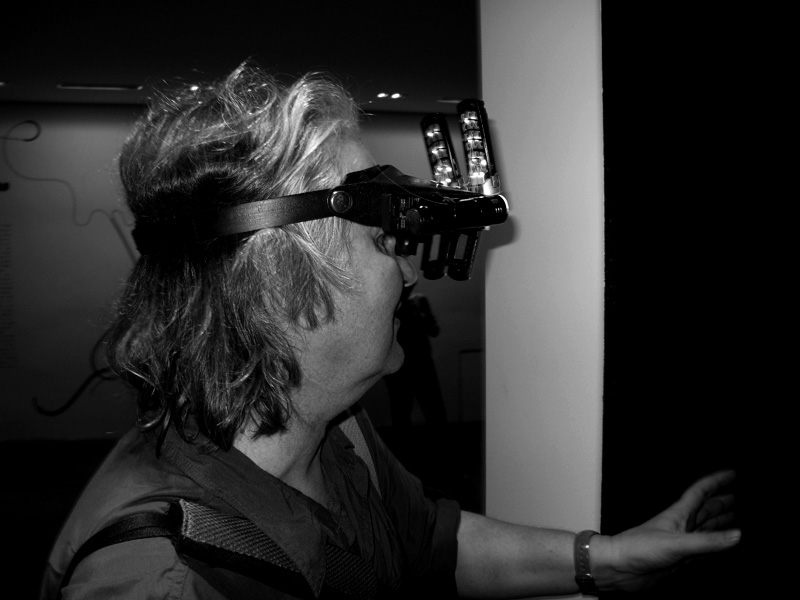
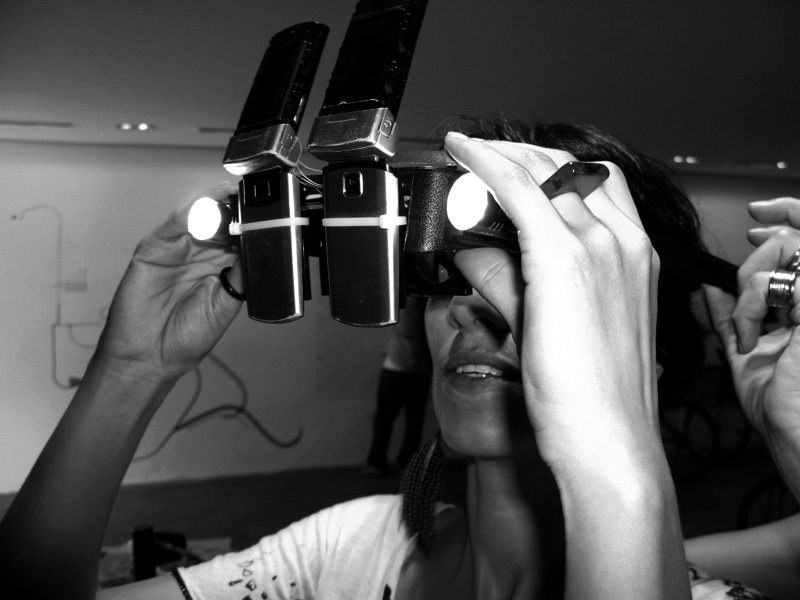
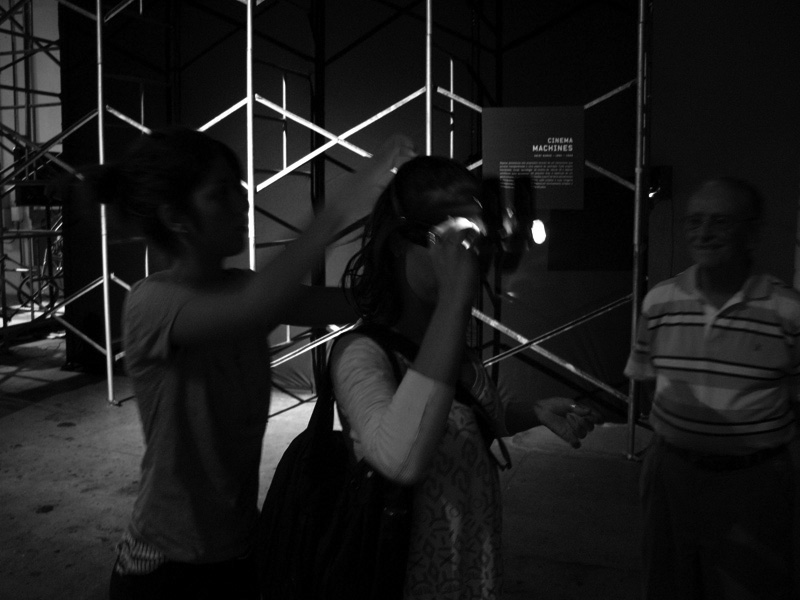
Afecto Material Exhibition 2016
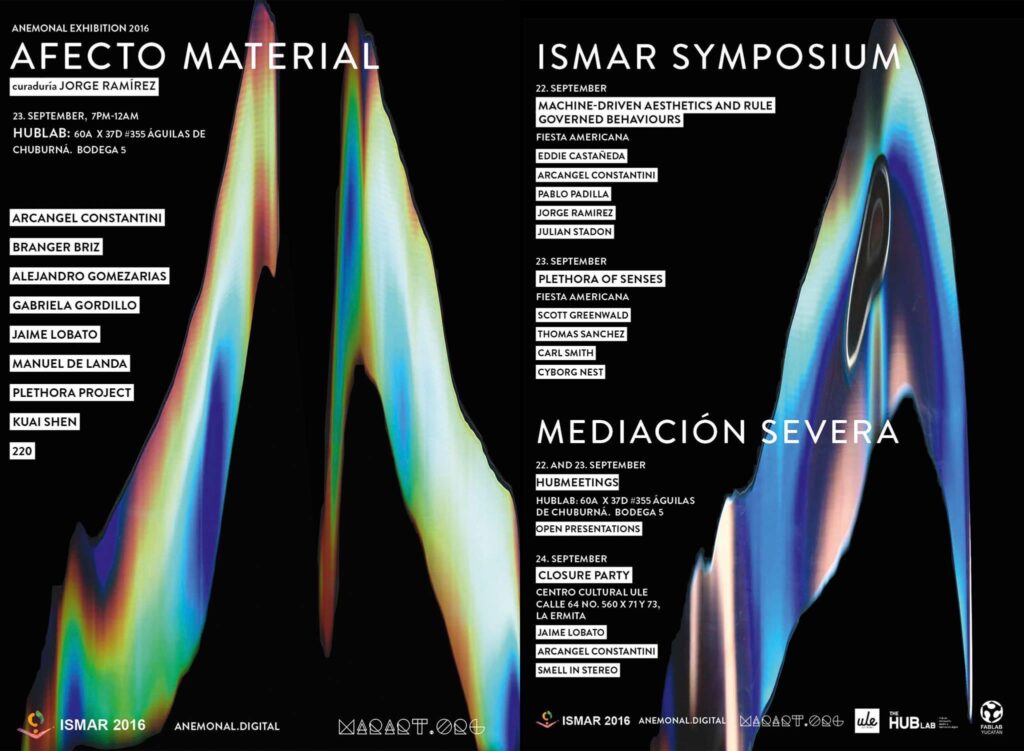
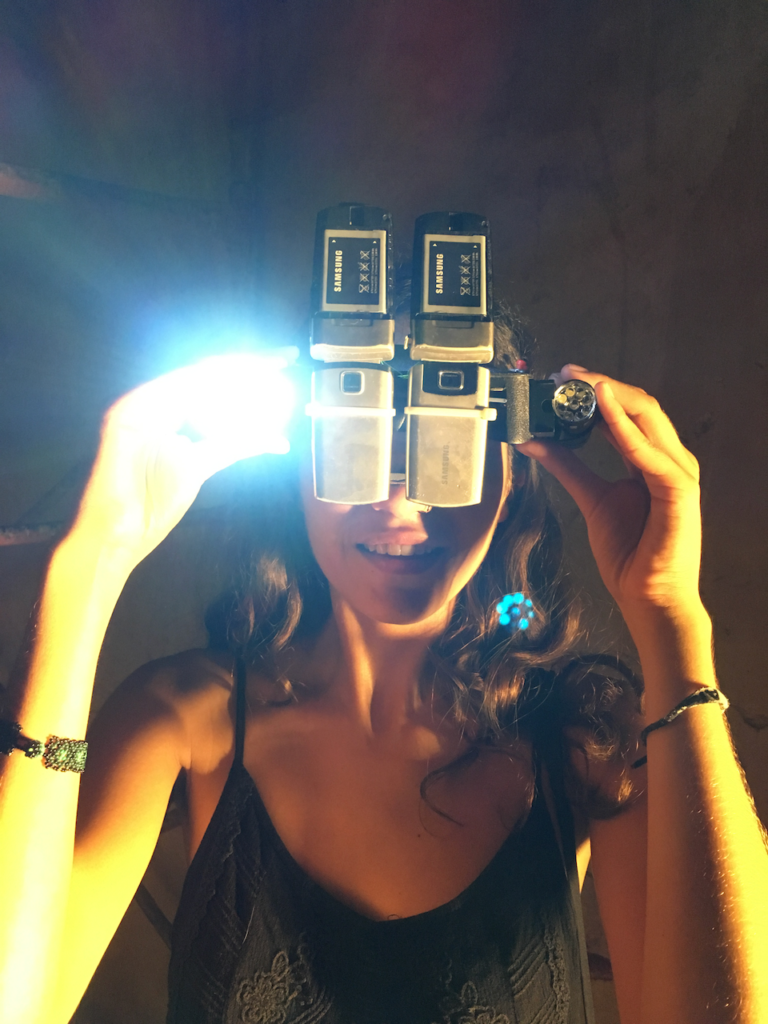
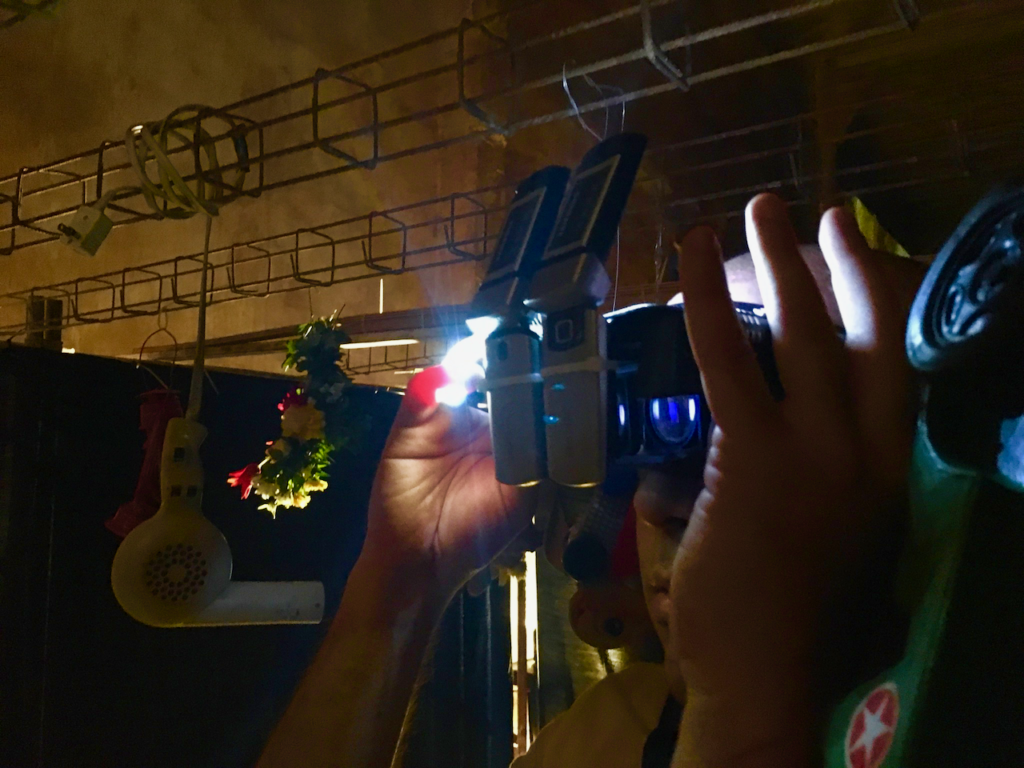
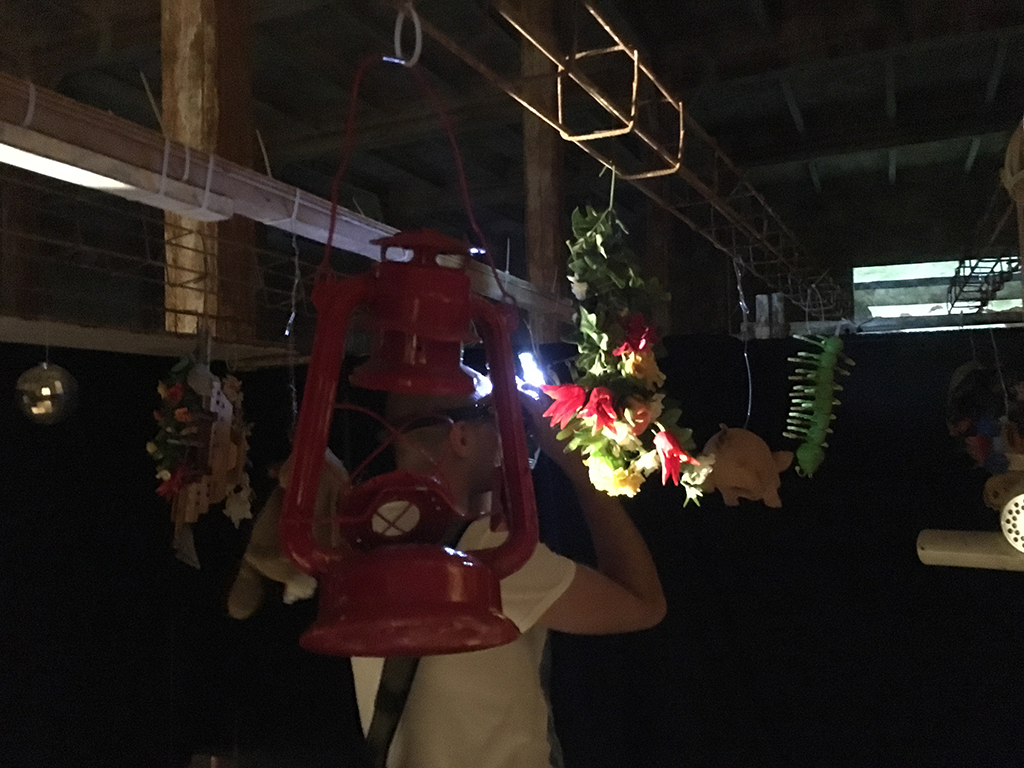
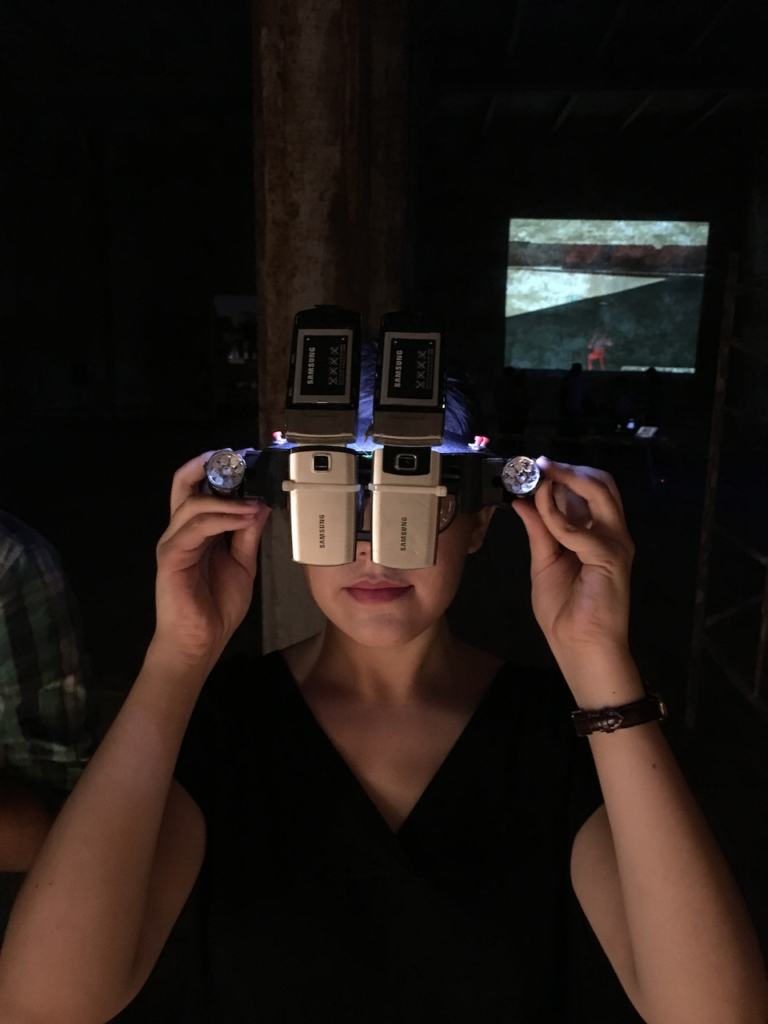
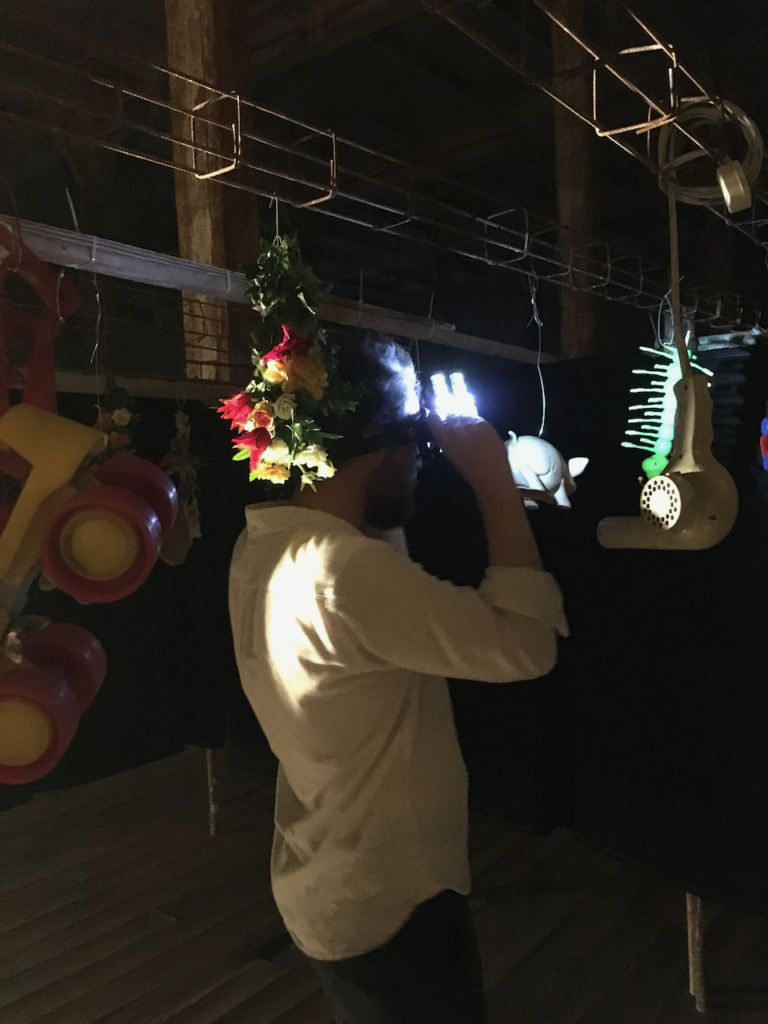
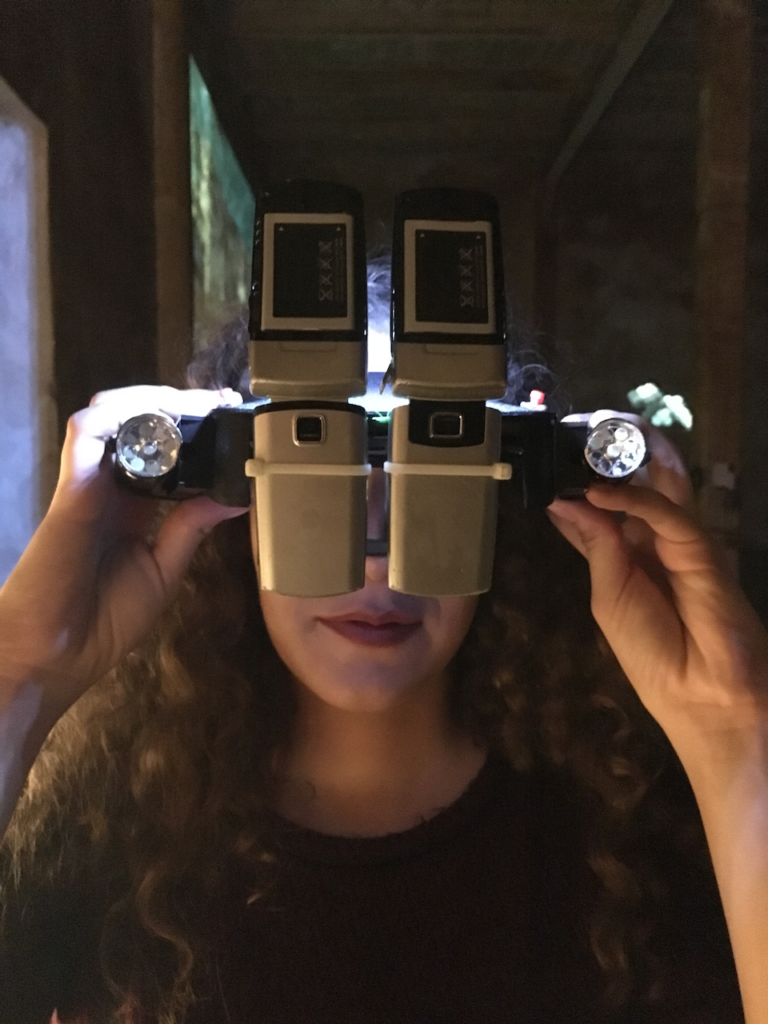
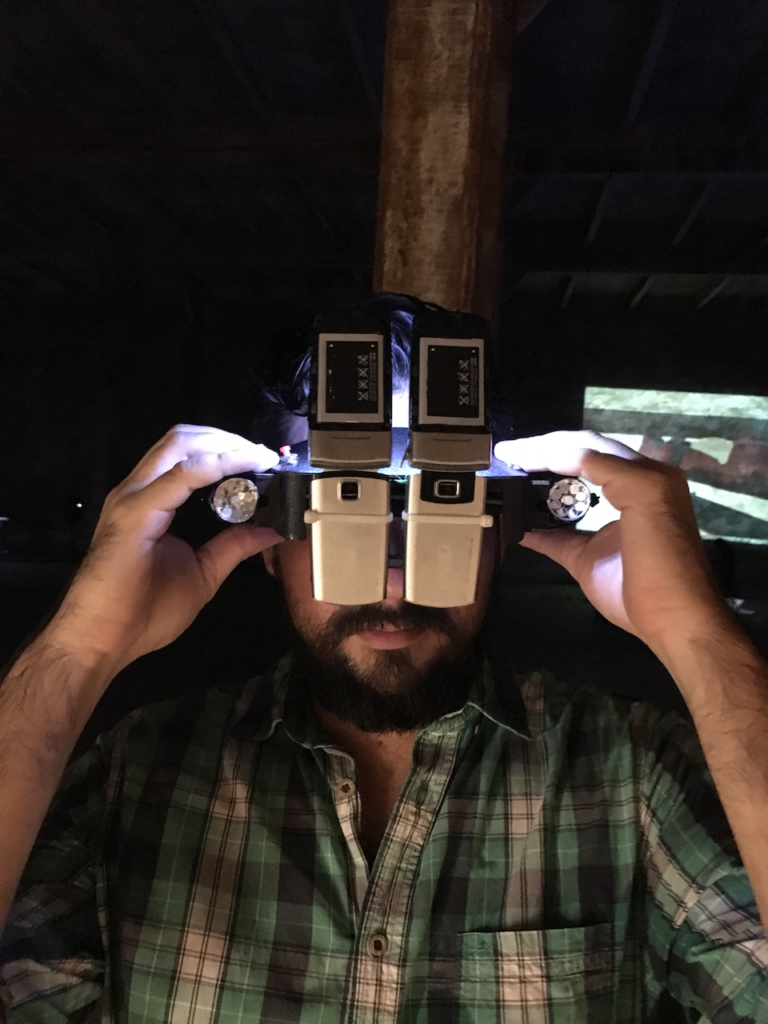
Technology has a significant impact on our perceptual ability, which influences the construction of our dream world. Our perception of objects and environments is based on the experience of their properties, either through our biological sensors or technological interfaces that enhance our sensory ability. This situation presents a paradox in understanding and validating reality, which flows through different energetic processes but is perceived as a non-accidental construction within a context of chaotic order with a beginning and an end.
The construction of objects depends on autonomous or dependent principles of other autonomies, and their designation of materiality is nourished by their relational dichotomy between existence and nullity. The environment and objects are dynamic and fluctuate, and their materiality is intimately related to our perception and understanding of the world around us.
Reality is constructed through synapses activated by the direct fluctuation of information captured by our sensors or by the lucidity coming from collective mnemonic activity. In general, our perceptual capacity is affected by technology, leading us to question the nature of reality and how we construct it through our perceptions and experiences.